Episode 42 – Let’s Get Instrumental
First, you will need to download the Let’s Get Instrumental lab manual.
We have talked previously about sound in episode 36 and 39. We have identified frequency, pitch, and sound waves so far. We have not yet classified artificial or natural sounds!
Artificial sounds are sounds made by humans. Not sounds like us singing or talking, but sounds that we physically make using our bodies such as playing a guitar or driving a car. Natural sounds are those made in nature. These could be birds chirping or waves crashing into the sand on the beach. What are some other examples of natural and artificial sounds?
One application of sound we have not yet explored is music! In this episode, we will make our own instruments and classify the sounds as artificial or natural.
Saskatchewan Curriculum Connections: SO4.1: Explore natural and artificial sources of sound in the environment and how those sounds are detected by humans and animals. SO4.2: Draw conclusions about the characteristics and physical properties of sound, including pitch and loudness, based on observation. FM5.1: Analyze the effects of gravitational, magnetic, and mechanical forces, including friction, on the movement of objects. CP5.6: Create sound compositions (vocal and instrumental) that draw inspiration from pop culture and demonstrate knowledge of: form (binary – AB, ternary – ABA, rondo – ABACADA), metre as an organizational technique, tempo as an organizational technique, rhythm including beat, tempo, patterns of duration, and metre, melodies, harmony as a fundamental component in creating texture (e.g., choral accompaniment), scales that differ in structure and tonality (pentatonic, major, minor), tone colour as an organizational technique, expressive use of silence. PS20-PW1:Investigate the properties and characteristics of one-, two- and three- dimensional waves in at least three different media (e.g., springs, ropes, air and water).
